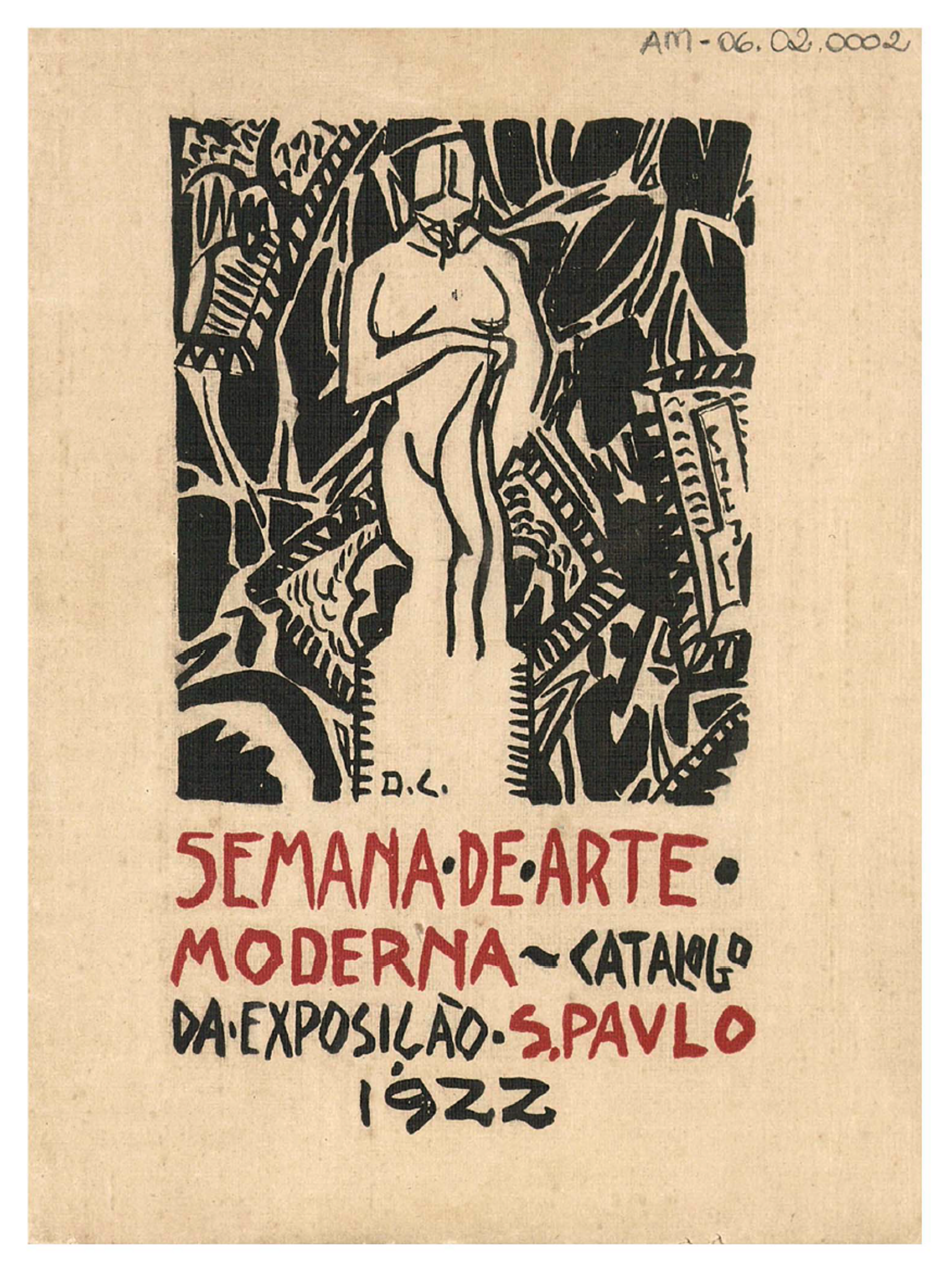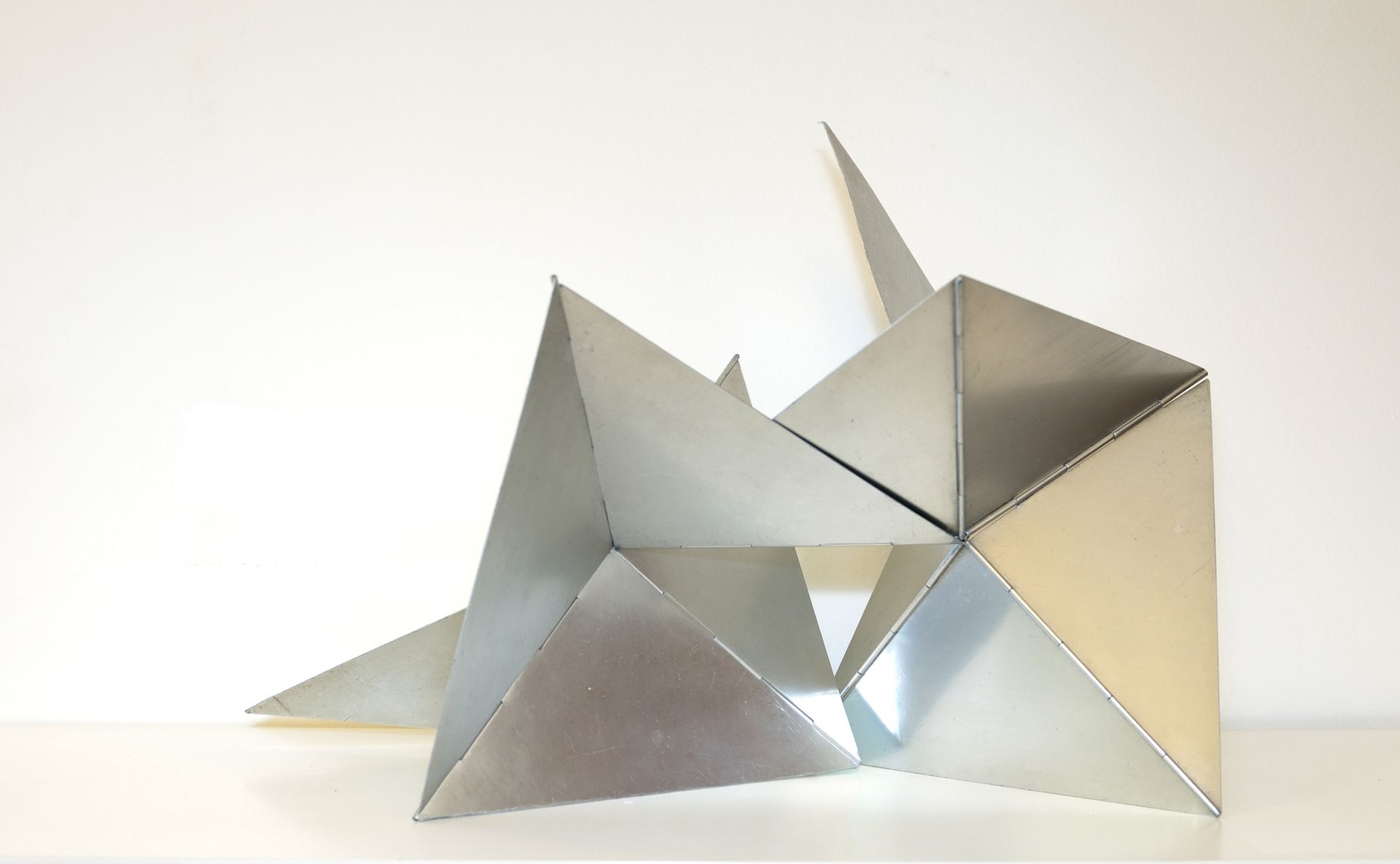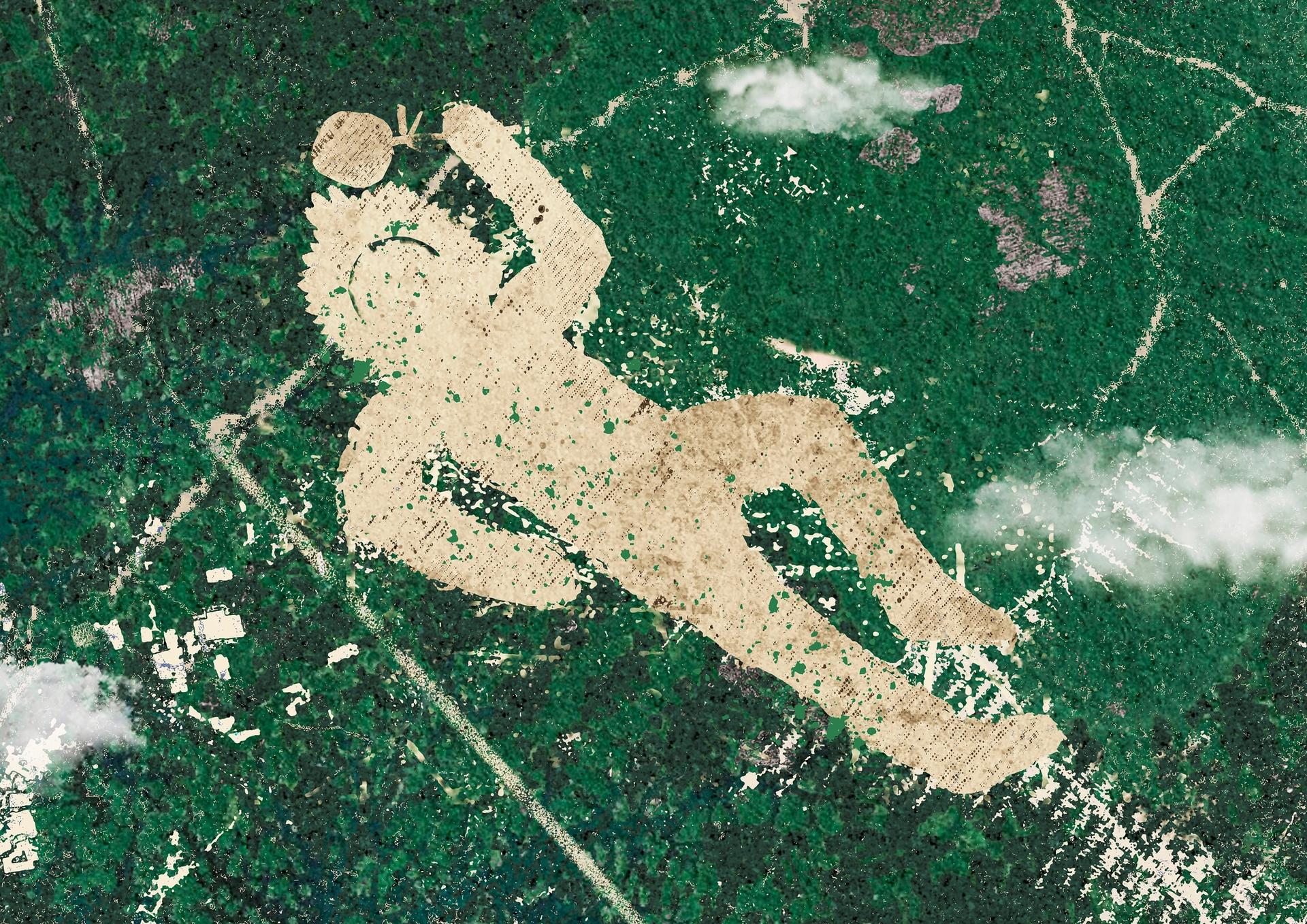This year Brazil celebrates the bicentennial of its independence, proclaimed on 7 September 1822, and the centennial of the landmark Modernist arts festival Semana de Arte Moderna (Modern Art Week) that took place in February 1922. The double commemoration underscores how thoroughly intertwined the country’s national identity and Modern art movements once were.
Although Brazil’s Modernists followed Western trends—many by visiting Paris, where they came into contact with European avant-gardes, studied Cubism and frequented the studios of Fernand Léger, Constantin Brâncusi and others—the movement’s chief theorists, the writer and entrepreneur Oswald de Andrade and the poet and art critic Mario de Andrade (no relation), touted the distinct character of Brazilian art.

The catalogue cover illustrated by Emiliano di Cavalcanti for the Semana de Arte Moderna (Modern Art Week) event held at the Teatro Municipal in the city of São Paulo in 1922. Public domain.
Oswald de Andrade’s Manifesto Antropofágico (1928) sought to overcome the Eurocentrism of the art of their time by defining Brazilian Modernism as cannibalistic—as having digested but also revolted against European models. De Andrade’s fascination with Tupi and Afro-Brazilian traditions exemplifies the inherent hybridity but also contradiction of Brazilian Modernism, which performed “otherness” for European audiences yet excluded Indigenous and Black artists.
This tension makes anthropophagy central to contemporary re-examinations of Modernism—for example, in the work of Tarsila do Amaral. Recent international retrospectives of her work, which featured the well-known anthropophagic painting Abaporu (1928), spurred debates about the extent to which the portrayal of Blackness and Indigeneity in Modern art reflects Brazil’s history of genocide, slavery and racist ideologies in its modern social sciences.
If Brazil’s Modern art coalesced around the notion of “Brazilianness”, subsequent movements pushed past this essentialism. In the 1950s, Oswald de Andrade championed abstraction to break with nationalist and academic tendencies. The São Paulo-based Grupo Ruptura, which included artists Waldemar Cordeiro, Geraldo de Barros and Judith Lauand, favoured strict geometries. Rio de Janeiro’s Grupo Frente, which united artists including Abraham Palatnik, Ivan Serpa, Amilcar de Castro, Lygia Clark, Lygia Pape and Hélio Oiticica, used Maurice Merleau-Ponty’s phenomenology as the basis for the Neo-Concrete Manifesto (1959). Penned by the poet Ferreira Gullar, it advocates a fluid, organic approach to abstraction.

Lygia Clark, Bicho linear (1960). Courtesy Associação Cultural “O Mundo de Lygia Clark”.
The 1960s and 70s saw a proliferation of styles and experiments in Brazilian art, from New Figuration, Pop art, Op art and conceptual art to performance, landscape and film, with most artists combining a wide array of approaches. Lygia Clark’s series of sculptures known as Bichos and Oiticica’s Bólides moved painting into three-dimensional space.
Reacting to mass media and consumerism but also censorship and political violence, particularly after the military coup in 1964, plus reflecting a conflictual attitude toward the cultural hegemony and imperialism of the United States, Brazilian Pop and conceptual art also took on a subversive stance, as evidenced in the works of Antonio Dias, Carmela Gross, Ana Maria Maiolino, Cildo Meireles and others. Meanwhile a critical examination of racism and a turn to Pan-African spirituality marked the practice of the Black artist Abdias Nascimento. Forming vast albeit fluid international and Latin American networks, Brazilian artists traveling or exiled abroad contributed to the emergence of conceptual art globally.
The 1980s revealed how far Brazilian painting had assimilated the lessons of Pop and conceptualism. A number of influential painters emerged from Rio de Janeiro’s art school, Parque Lage, founded by conceptual artist Rubens Gerchman, and participated in the landmark 1984 exhibition, Como vai você Geração 80? (How Are You Doing 80s Generation?)—among them Leda Catunda, Beatriz Milhazes, Daniel Senise, Luiz Zerbini and José Leonilson. New forms such as Xerox and video art emerged, for example in the practices of Hudinilson Jr. and Rafael França from the 3Nós3 collective. After Brazil’s return to democracy in 1985, Parque Lage artists—such as Fernanda Gomes, Brigida Baltar and Ricardo Basbaum—loosely connected through the city’s galleries, pushed experimentation across media.
Brazilian art from the early aughts until today reflects the globalisation of circuits and of collective practices, but also lasting legacies of abstract and conceptual art. Artists such as Paulo Nazareth and Graziela Kunsch demonstrate the latter’s sociopolitical resonance; others, like Marepe and Yuli Yamagata, evoke the materiality of Duchampian readymades; still others, for example Renata Lucas, engage with urbanism, architecture and institutional critique. From established painters such as Arjan Martins to newcomers including Dalton Paula and Maxwell Alexandre, Black Brazilian artists combine transatlantic histories with the country’s complex contemporary urban cultures.

Denilson Baniwa, Natureza morta 1 (Dead nature 1) (2016) is featured Histórias da Dança and Histórias Brasilerias at the Museu de Arte de São Paulo Assis Chateaubriand. Photo: Denilson Baniwa. Courtesy Museu de Arte de São Paulo Assis Chateaubriand.
Contemporary Indigenous artists such as Jaider Esbell and Denilson Baniwa have also recently reframed anthropophagy to centre Indigenous narratives not as alternatives but rather overlooked facets of modernity.
Beyond greater representation—as seen in the last Bienal de São Paulo’s number of Indigenous artists, and the revelatory exhibitions Histórias Afro-Atlânticas (Afro-Atlantic Histories) and Histórias Indígenas (Indigenous Histories) in the Museu de arte de São Paulo Assis Chateaubriand's ongoing cycle Histórias Brasileiras (Brazilian Histories)—the Biennial Foundation’s proposal for a collective curatorial team in its next edition reflects the challenges that Bipoc (Black, Indigenous and people of colour) artists, scholars and curators had posed to Brazil’s historically exclusionary and hierarchical art scene.


